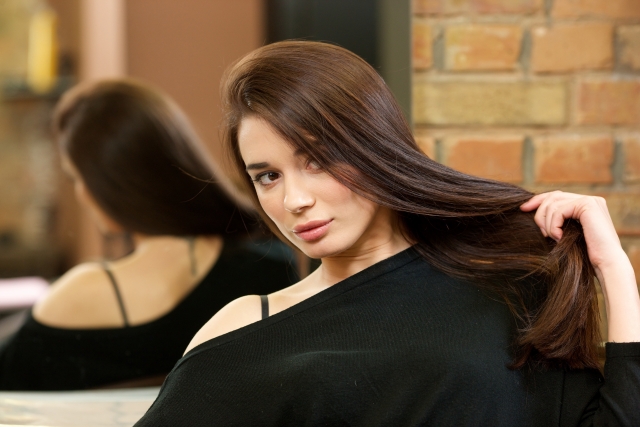‘Yōshi Tanrei‘ and ‘Bimoku Shūrei‘ (「容姿端麗」と「眉目秀麗」 – “Beautiful Features”)
‘Yōshi Tanrei‘ and ‘Bimoku Shūrei‘
「容姿端麗」と「眉目秀麗」
Yesterday, I introduced you to the four-character idom ‘saishoku kenbi‘ (才色兼備), which means to be both beautiful and talented.
昨日は、才能と美しい容姿の両方を持つことを意味する「才色兼備」という四字熟語を紹介しました。
If you want to talk about only someone’s beautiful features, you can use other idioms, ‘yōshi tanrei‘ (容姿端麗) or ‘bimoku shūrei‘ (眉目秀麗).
もし美しい容姿についてだけ言いたい場合は、「容姿端麗」か「眉目秀麗」を使うことができます。
Since ‘yōshi‘ (容姿) means “features” and ‘tanrei‘ (端麗) means “beauty/beautiful,” the literal meaning of ‘yōshi tanrei’ is “beautiful features.”
「容姿」は “features”、「端麗」は “beauty/beautiful” を意味するので、「容姿端麗」の文字どおりの意味は “beautiful features” となります。
Since ‘bi‘ (眉) means “eyebrow,” ‘moku‘ (目) means “eye,” and ‘shūrei‘ means “beauty/beautiful,” the literal meaning of ‘bimoku shūrei’ is “beautiful eyebrows and eyes.”
「眉」は “eyebrow”、「目」は “eye”、「秀麗」は “beauty/beautiful” を意味するので、「眉目秀麗」の文字どおりの意味は “beautiful eyebrows and eyes” となります。
The former can be used to both men and women, whereas the latter is usually used to men.
前者は男女どちらにも、後者は主に男性に対して使われます。




